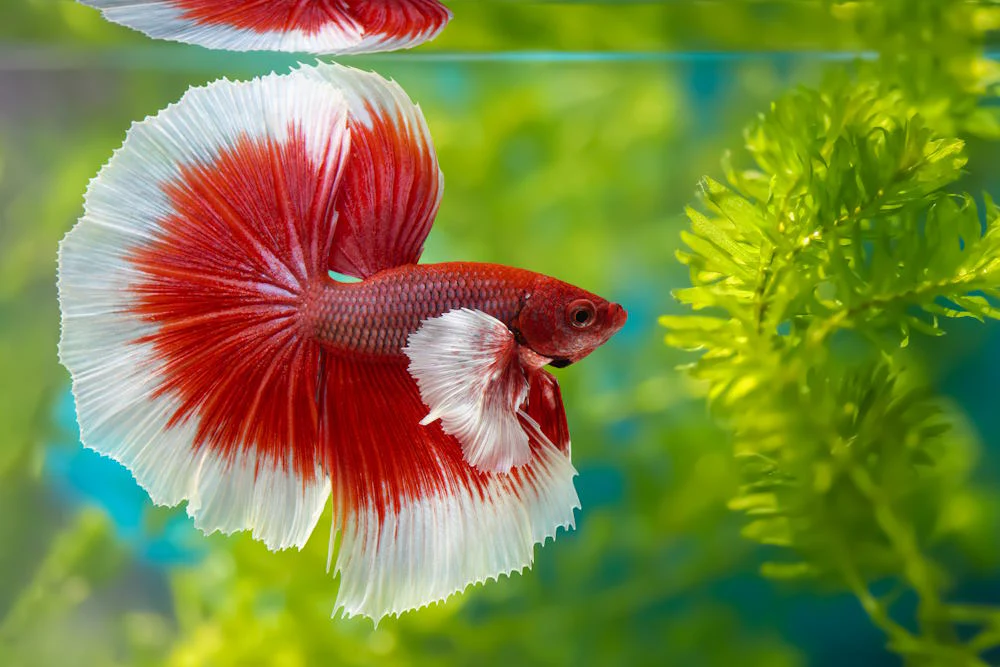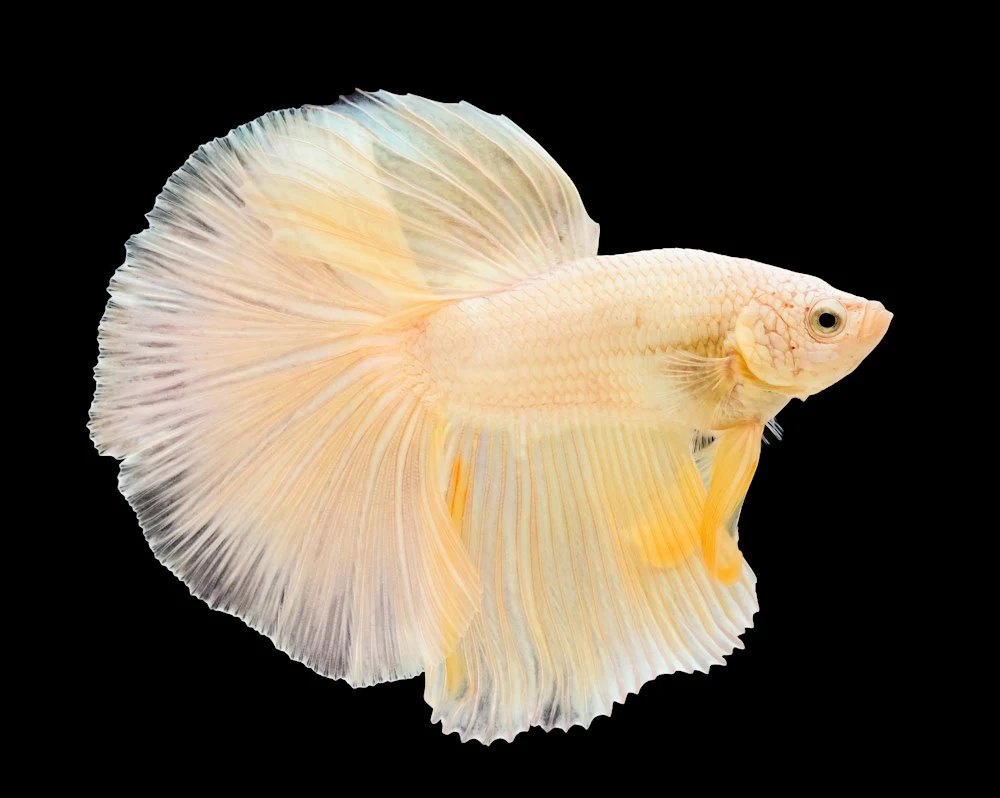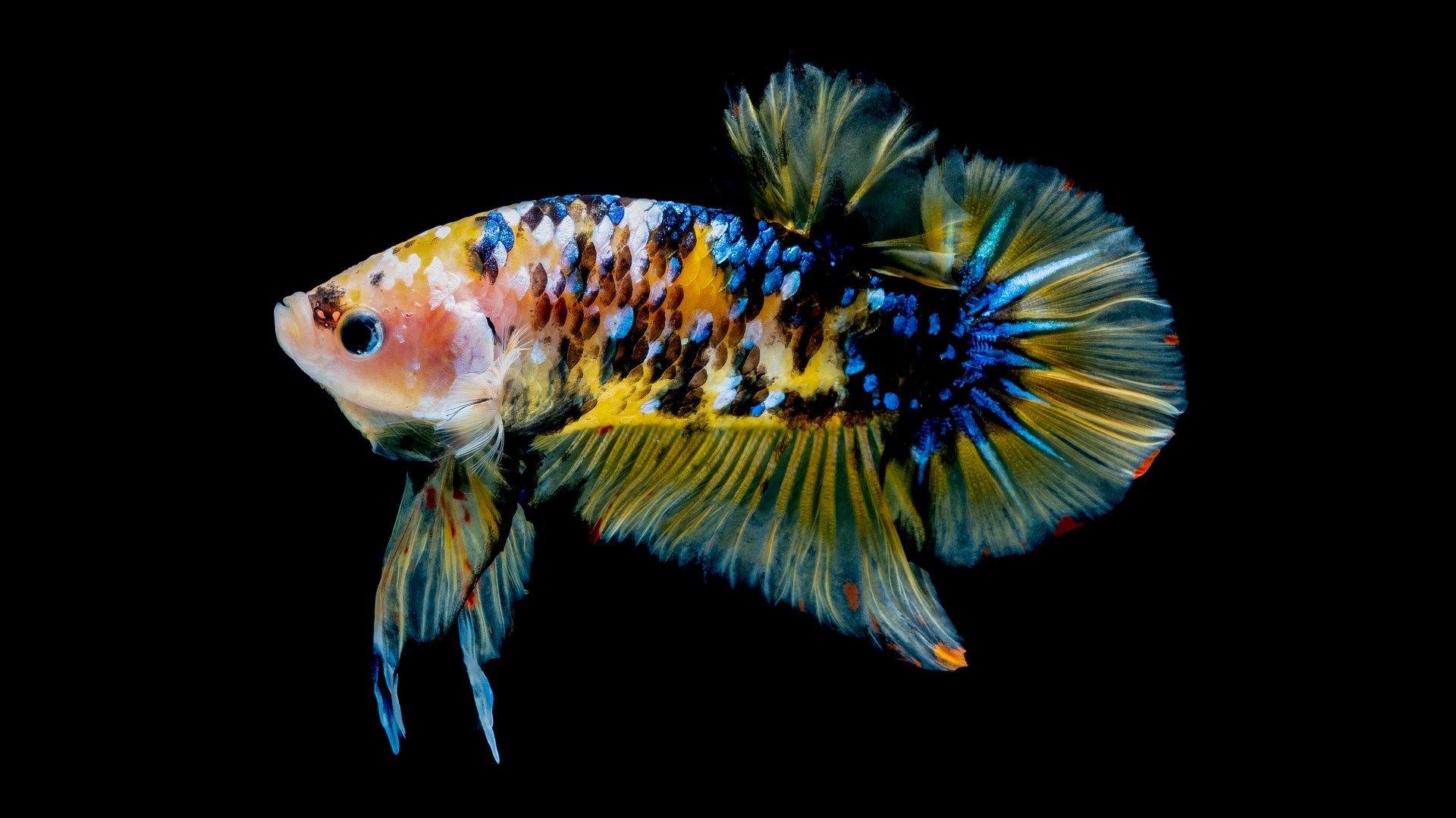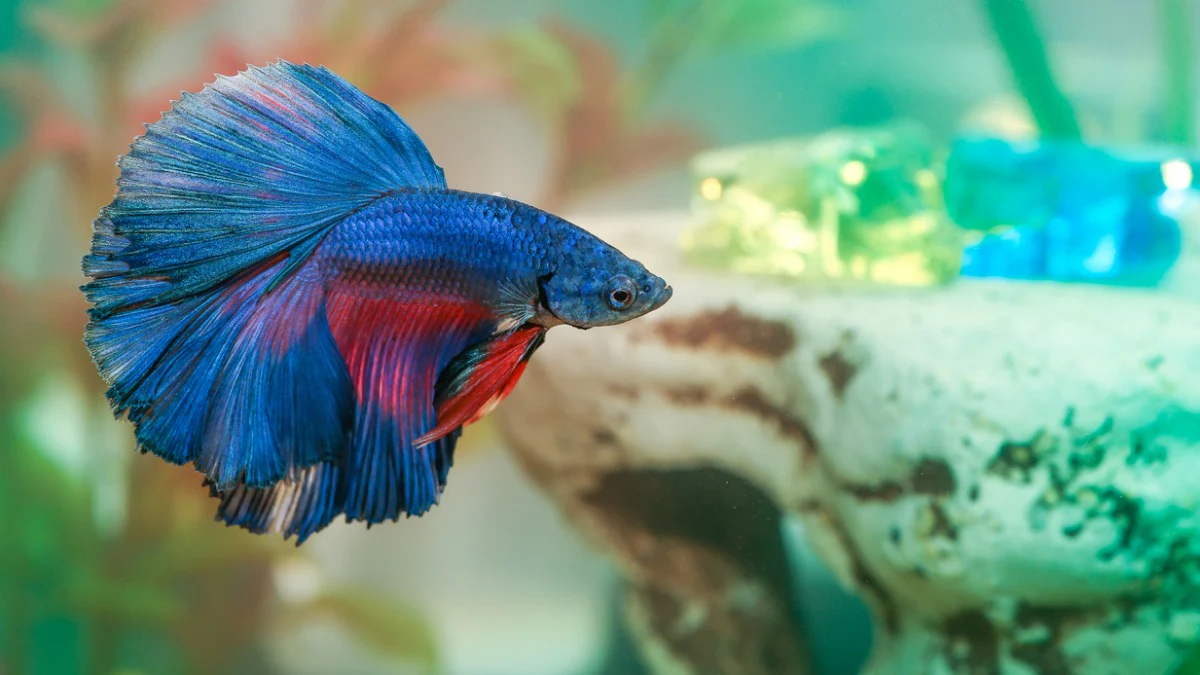Aquatic Knowledge
What Are the Different Types of Betta Fish? A Complete Guide
Betta fish, often called “Siamese fighting fish,” are famous for their vibrant colors and striking fins. Whether you’re new to the world of aquariums or a seasoned enthusiast, it’s essential to understand what are the different types of betta fish. With such a wide variety of bettas available, it can be hard to choose which one is right for you. This article will guide you through the various types, their unique characteristics, and some tips on how to care for them. Let’s dive in!
Understanding the Popularity of Betta Fish
Before we get into what are the different types of betta fish, it’s helpful to understand why these fish are so popular among aquarium hobbyists. Betta fish are known for their resilience, making them a great choice for both beginners and experienced fish keepers. Their dazzling colors and aggressive personalities make them stand out in any tank. Plus, bettas don’t need much space, so they’re perfect for small aquariums.
The Appeal of Betta Fish
- Low Maintenance: Bettas are hardy and can survive in a wide range of water conditions.
- Vivid Colors: Their bright reds, blues, greens, and purples can turn any tank into a living piece of art.
- Interactive Pets: Bettas recognize their owners and often “flare” their fins in response to attention.

What Are the Different Types of Betta Fish?

There are many types of betta fish, distinguished by their tail shapes, colors, and patterns. Let’s explore the main categories.
Veil Tail Betta
Veil tail bettas are probably the most recognized type and are commonly found in pet stores. Their long, flowing tails give them an elegant look as they swim gracefully through the water.
- Tail Shape: The tail droops downwards in a flowing, veil-like shape.
- Personality: Typically more docile compared to other bettas.
- Popularity: They are among the most affordable and accessible types for beginners.
Crowntail Betta
Crowntail bettas are known for their spiky, crown-like tails, which make them look as though they have little points sticking out from the edges of their fins.
- Tail Shape: The webbing between the tail rays is reduced, creating the “crown” effect.
- Personality: Slightly more aggressive and active.
- Care: They require a bit more space and clean water to keep their fins healthy.
Halfmoon Betta
Halfmoon bettas are a real showstopper. Their tails spread out in a full 180-degree semicircle, resembling a half-moon shape when fully flared.
- Tail Shape: A large, rounded tail that extends to 180 degrees.
- Popularity: Very popular in competitions and shows due to their dramatic appearance.
- Care Needs: Their large tails can be prone to damage, so they require pristine water conditions to thrive.
Plakat Betta
Unlike other betta types with long, flowing tails, Plakat bettas have short, stubby fins, giving them a more natural look.
- Tail Shape: Shorter and less elaborate, similar to wild bettas.
- Personality: Known for being more active and aggressive.
- Recommended For: Ideal for betta enthusiasts who want a more robust and hardy fish.
Betta Fish Color Variations

Now that we’ve covered the tail types, let’s talk about another important aspect of what are the different types of betta fish—their color variations. Bettas come in nearly every color imaginable, and they often display iridescent, metallic hues that shift in the light.
Solid Colored Betta
Solid-colored bettas are exactly what they sound like—bettas that are a single, consistent color throughout their bodies and fins. These colors include red, blue, black, white, and green.
- Common Solid Colors: Red and blue are the most popular solid colors found in stores.
- Rarity: Some solid colors, like black or pure white, are rarer and more sought after by collectors.
Multicolored Betta
Multicolored bettas display a combination of several colors, often blending beautifully across their bodies and fins.
- Patterns: They may have different color patches on their fins or bodies, creating a unique look for each fish.
- Variety: No two multicolored bettas are alike, making each one a little piece of living art.
Marble Betta
The marble betta is a fascinating type, as its colors can change over time. A marble betta may start with one color pattern, only to develop new colors later in life.
- Color Shift: Their colors often “marble” as they age, leading to a constantly evolving appearance.
- Special Appeal: The unpredictability of their colors makes them a favorite among enthusiasts who enjoy surprises.
Caring for Your Betta Fish

While bettas are relatively easy to care for, different types have unique needs when it comes to their environment and health.
Proper Tank Setup
One of the most common mistakes new betta owners make is housing their fish in tanks that are too small. Bettas need room to swim and explore, and cramping them into a tiny space can lead to stress, illness, and shortened lifespans.
Recommended Tank Size
A 5-gallon tank is the bare minimum for a betta fish. Anything smaller, like those typical tiny bowls, can cause significant harm due to limited space, oxygen, and filtration. Larger tanks provide a more stable environment, making it easier to maintain water quality.
Temperature and Filtration
Bettas are tropical fish, which means they thrive in warmer water. The ideal temperature range for a betta tank is between 76°F and 82°F. Keep a thermometer handy to monitor the temperature, as fluctuations can stress your fish.
For filtration, choose a gentle filter. Bettas, especially those with long, delicate fins like the Halfmoon and Veiltail varieties, can suffer from fin damage if the water flow is too strong. You want a filter that cleans the water without creating a powerful current.
Feeding Requirements
One of the most common mistakes new betta owners make is housing their fish in tanks that are too small. Bettas need room to swim and explore, and cramping them into a tiny space can lead to stress, illness, and shortened lifespans.
Recommended Tank Size
A 5-gallon tank is the bare minimum for a betta fish. Anything smaller, like those typical tiny bowls, can cause significant harm due to limited space, oxygen, and filtration. Larger tanks provide a more stable environment, making it easier to maintain water quality.
Temperature and Filtration
Bettas are tropical fish, which means they thrive in warmer water. The ideal temperature range for a betta tank is between 76°F and 82°F. Keep a thermometer handy to monitor the temperature, as fluctuations can stress your fish.
For filtration, choose a gentle filter. Bettas, especially those with long, delicate fins like the Halfmoon and Veiltail varieties, can suffer from fin damage if the water flow is too strong. You want a filter that cleans the water without creating a powerful current.
Health Concerns Based on Type
Different types of bettas have varying health concerns, often related to the size and shape of their fins. Long-finned varieties are particularly susceptible to fin damage and bacterial infections if their environment isn’t properly maintained.
Halfmoon and Crowntail Betta Health
Halfmoon and Crowntail bettas are especially prone to fin rot—a bacterial infection that can cause their beautiful fins to fray and disintegrate. This issue is often a result of poor water conditions or tank stress, so prevention is key.
Prevention Tips
- Regular Water Changes: Keeping the water clean is critical. A 25-50% water change should be done every week to maintain a healthy environment.
- Clean Tank: Remove any uneaten food and debris regularly, and keep the filter in good working order.
- Monitor for Symptoms: If your betta’s fins look ragged, or they’re lethargic and not eating, you might be dealing with fin rot or another illness like ich (a common parasite). Acting early by improving water quality and possibly using aquarium-safe medications can save your fish.
Betta Fish Care Myths Debunked
There’s a lot of misinformation about bettas, so let’s clear up a few common myths that can impact how you care for your fish.
Betta Fish Can Live in Small Bowls
Contrary to popular belief, bettas do not thrive in tiny bowls. While they are often sold in small containers, they need ample space to swim and explore.
Reality: Bettas require a minimum of 5 gallons of water and should never be kept in small, unfiltered bowls.
Bettas Don’t Need Filters
Some people believe that because bettas are labyrinth fish (meaning they can breathe air from the surface), they don’t need a filter. This isn’t true.
Reality: While they can breathe surface air, a filter is crucial to maintaining water quality and preventing diseases.
Conclusion
So, what are the different types of betta fish? From the flowing elegance of the Veil Tail to the striking spikes of the Crowntail, each betta type offers its own unique beauty and charm. Choosing the right betta for you depends on your preferences, the space you have available, and the care you’re willing to provide. Remember, no matter which type you choose, all bettas require love, attention, and proper care to thrive.
FAQs
How long do Betta fish live?
Betta fish typically live for 3-5 years, though with excellent care, some can live up to 7 years.
Can Betta fish live with other fish?
Yes, but it’s essential to choose tank mates carefully. Avoid other aggressive fish and provide plenty of hiding spaces.
What is the best tank size for a Betta fish?
A minimum of 5 gallons is recommended for a single Betta fish. Larger tanks provide more stable water conditions and more room for the fish to swim.
How often should I feed my Betta fish?
Feed your Betta 2-3 times a day with small portions that they can consume in 2-3 minutes. Overfeeding can lead to health problems.
What are common health issues in Betta fish?
Common health issues include fin rot, ich, and swim bladder disorder. Regular tank maintenance and a proper diet can help prevent these issues.
